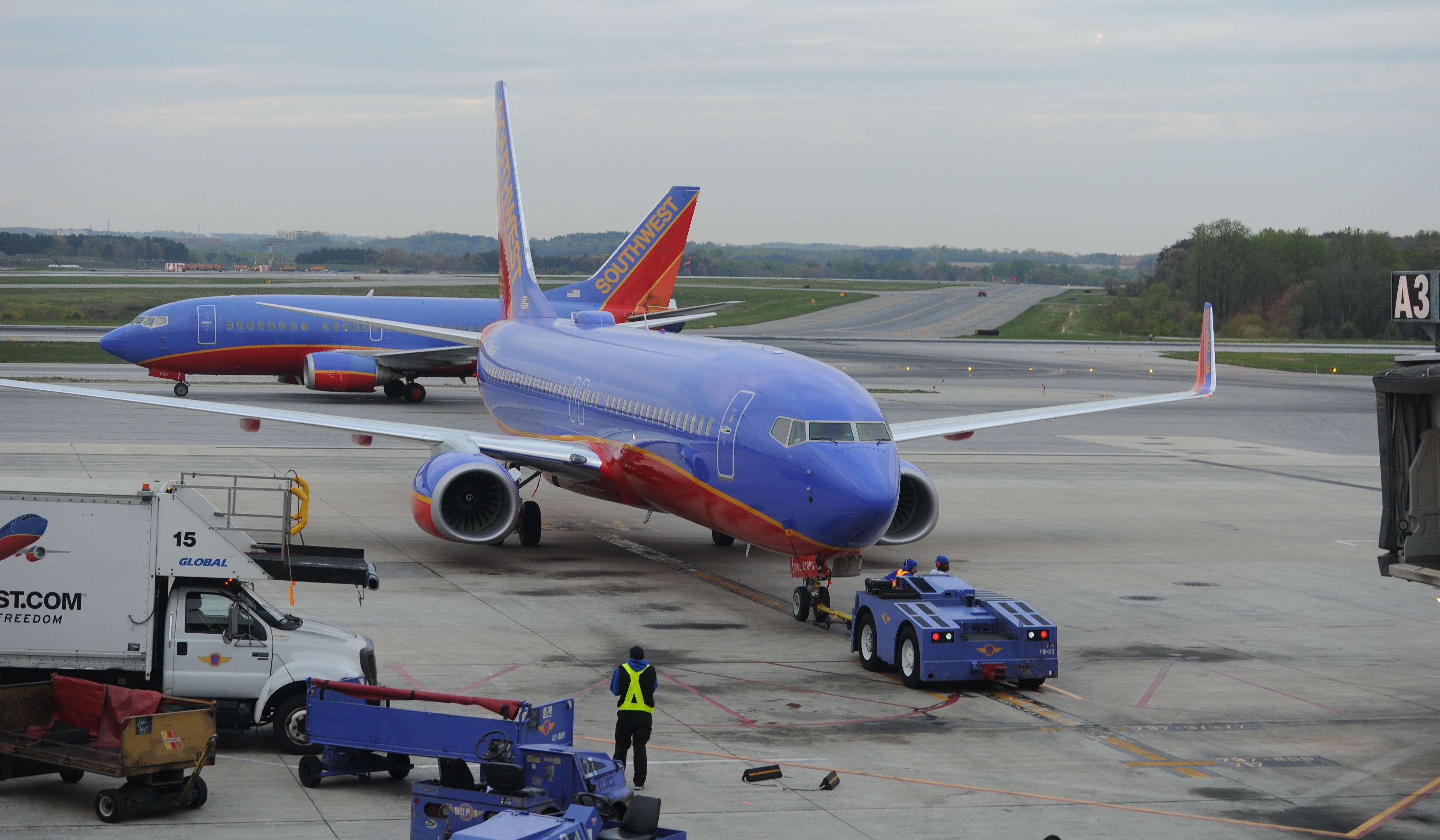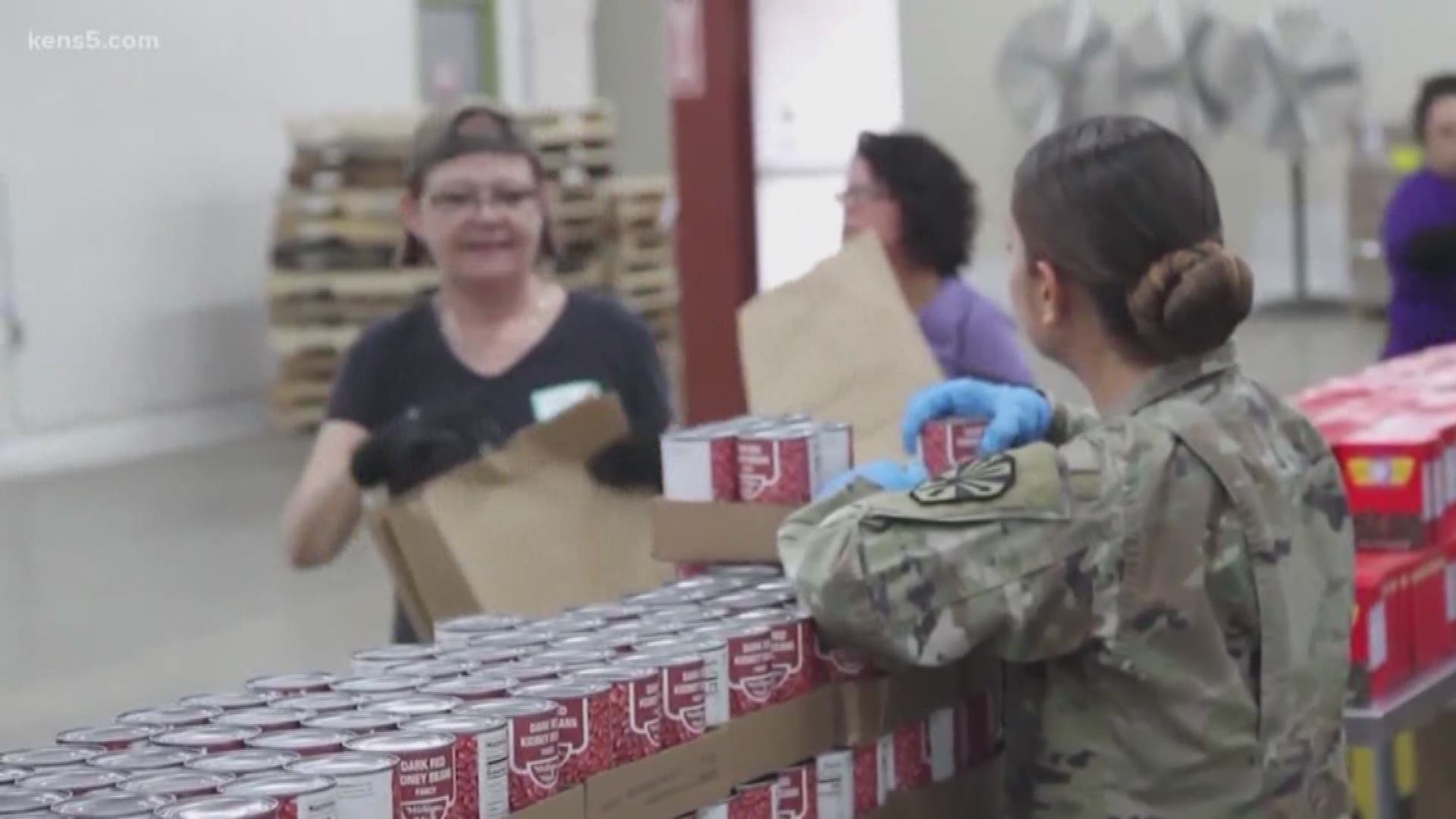Question: Upon arrival at the San Antonio airport this morning, the captain informed us that we needed to wait because our plane was to be towed to the gate. What circumstances would require such a tow?
— Submitted by reader Irma Lopez, San Antonio
Answer: A tow-in gate usually has obstructions requiring more precise maneuvering. It is safer to have a tug maneuver the aircraft than to taxi it when in close proximity to obstructions.
Q: I recently connected through O'Hare and noticed that sometimes the pushback trucks are used to move larger planes to/from the taxiway and into and out of the gate area. Is this a fuel-saving measure and, if so, why isn't it used all the time?
— Dave C., Iowa
A: Using ground tugs to move airplanes on the ground does save fuel. It also allows for precise parking as the tug driver can see the area around the airplane better than the pilot can from the flight deck.
![Ask the Captain: Do planes have backup cameras like cars? [oembed : 82507924] [oembed : 82507924] [oembed : 82507924] [oembed : 82507924] [oembed : 82507924] [oembed : 82507924]](/Portals/_default/Skins/PrestoLegacy/CommonCss/images/smartembed.png)
Using tugs to tow airplanes to the runway might save some fuel, but the cost of the additional employees, tugs and communication devices have not proven economical so far. Additionally, many airports do not have a way for the tugs to return to the gate area without conflicting with aircraft.
Q: Why do pilots retract the flaps after landing before exiting the runway?
— Nakul Vk ,India
A: After the landing rollout is complete and the aircraft turns onto the taxiway, the flaps are retracted to prevent any damage by rocks or other debris on the taxiway from jet-blast. Additionally, the flaps should be retracted when the airplane is at the gate to provide as much clearance as possible for the ground equipment.
Q: While the aircraft is parked at the gate, what is the purpose of locking the rudder to the left or right?
— Barrett, Dallas
A: This is done to keep the wind from damaging the flight controls while on the ground. Wind can slam flight controls (ailerons, rudder and elevators), doing damage while on the ground. Flight controls are designed to work with air flowing over them. Manufacturers design control locks to deflect the wind and minimize stress on the controls.
John Cox is a retired airline captain with US Airways and runs his own aviation safety consulting company, Safety Operating Systems.
![Ask the Captain queries [embed : 1605941]](/Portals/_default/Skins/PrestoLegacy/CommonCss/images/embed.jpg)


